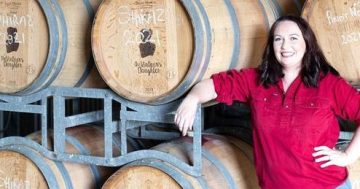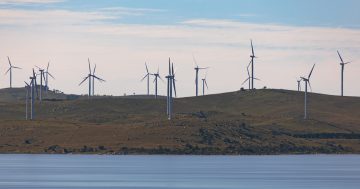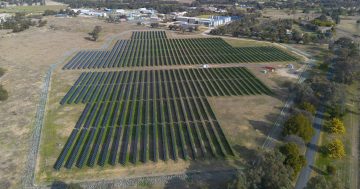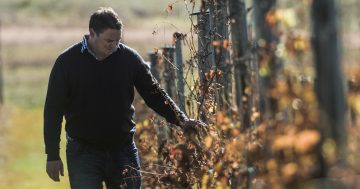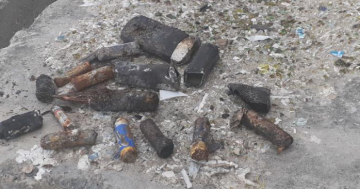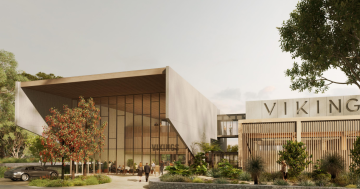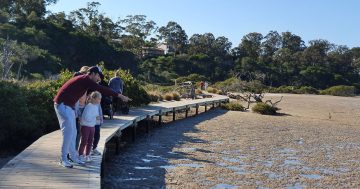
The proposed site covers 0.5 hectares of a Murrumbateman property. Photo: Supplied.
A controversial renewable energy development for southern NSW has faced accusations of being “fundamentally incompatible” with the area.
Australian clean energy developer ACEnergy lodged plans for a battery storage project in June 2024 with Yass Valley Council (YVC).
If approved, 10 battery containers, an acoustic barrier and security fencing would be built on vacant land at 3 Turton Place in Murrumbateman, in the NSW Southern Tablelands.
The application also includes landscaping, electrical sub-transmission lines and earthworks (including the removal of two native trees).
As it has a price tag of more than $5 million, it was referred to the Southern Regional Planning Panel.
During a recent public determination meeting, Mayor Jasmin Jones was among the speakers who urged the panel to reject the development.
She said the council had a “unanimous and robust” objection to it going ahead.
“There’s already a lot of stress in the community of vignerons in this area, of things already out of their control that can affect their viability [of their wine production].
“I’m quite concerned that the ongoing stress of having something going wrong with a BESS project [a Battery Energy Storage System] within this sensitive area of Yass Valley is untenable for our community … [there is] jeopardy to the ongoing economy but also to the mental health of our community,” she said.
A council development planner also said YVC did not “consider this [Turton Place] to be the best site” for the project.
Several agri-tourism business owners addressed the meeting, raising concerns over possible smoke pollution, as well as chemical contamination of their land and groundwater that would damage their businesses.
One Murrumbateman winemaker detailed her fears that a “single event could lead to irreversible contamination” of land and livestock.
She also said she wasn’t convinced ACEnergy had adequately assessed how climate change would affect the development.
Another speaker said there was “no genuine public consultation” and there was a “considerable amount of information” that the community still wanted to know.
“In this case, the loss to surrounding residents is real, permanent and geographically extensive … that is not [a] fair or equitable trade-off and it is certainly not in the public interest,” she said.
The meeting heard that ACEnergy’s consultation included a letterbox drop in the surrounding area and two consultation sessions. People had also made 48 submissions to YVC over three feedback rounds.
Region previously reported concerns some residents had about noise and fire risks arising from the development.
During the meeting, various representatives of multidisciplinary consultancy company Premise spoke on behalf of ACEnergy.
Premise’s David Walker said there were various strategies that would mitigate fire risk.
“[An] individual manufacturer does their own fire safety system checks on the individual technology or the individual unit, and those fire safety checks replicate a fire emergency … [and] also a worst-case scenario in terms of how long a fire event may last,” he said.
This would include, for example, the volume of water needed to suppress a fire. Containers would also be set apart to help prevent the spread of fire between them.
However, he said it was too early to give the planning panel further information on how it would work in the Turton Place development, as the specific battery had not been chosen.
“It’s not that we’re evading or trying to avoid the question, it’s just that it’s one that can only be answered once [those decisions are made].”
The meeting also heard that a bushfire and emergency response plan for the site was reviewed by NSW RFS.
He also said a fan used to cool the batteries would be the main source of noise, but its volume could be reduced (with one strategy being the proposed acoustic barrier).
“There are actually quite a really broad range of strategies that can be adopted to resolve it,” he said.
“It’s not a matter of … it’s there and you can’t do anything about it.”
The Southern Regional Planning Panel is expected to hand down its decision in early August.








